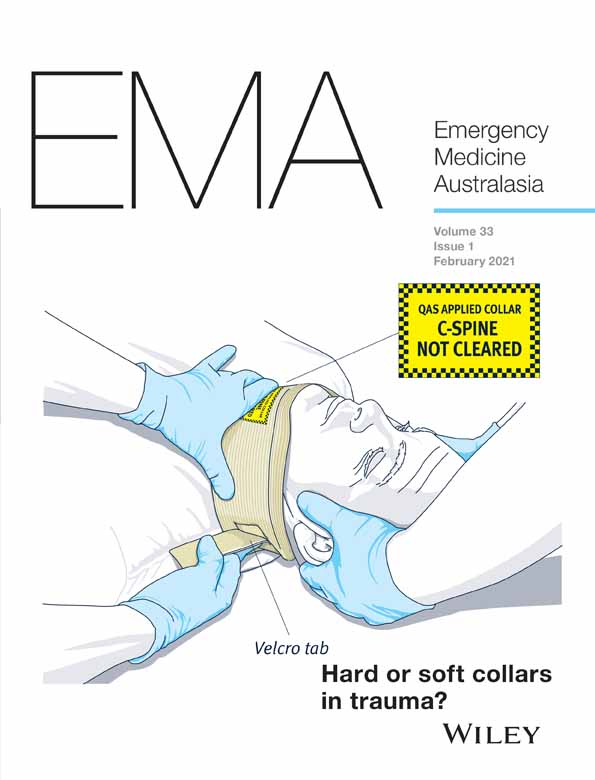Falling methamphetamine-related presentations to a clinical toxicology unit during the COVID-19 pandemic
The COVID-19 pandemic has affected patterns of recreational drug use in Australia. A brief audit in a Western Australian ED suggested a drop in illicit drug related presentations,1 while positive drug tests in Victorian prisons have fallen from 5.25% in March to 1.74% in June, a decrease of 67%.2, 3

 ), Methamphetamine; (
), Methamphetamine; ( ), opioid; (
), opioid; ( ), marijuana; (
), marijuana; ( ), benzodiazepines; (
), benzodiazepines; ( ), GHB; (
), GHB; ( ), cocaine; (
), cocaine; ( ), pregabalin; (
), pregabalin; ( ), methylenedioxymethamphetamine.
), methylenedioxymethamphetamine.To investigate the effect of the COVID-19 pandemic on presentations relating to recreational drug use to our hospital, we undertook a retrospective review of toxicological presentations for the 6-month period following the declaration of COVID-19 as a global pandemic (12 March 2020 to 12 September 2020). This was then compared to the respective 6-month period in 2019.
The Clinical Toxicology Unit manages all patients who present with drug intoxication to the Princess Alexandra Hospital in Brisbane, Australia. The Princess Alexandra Hospital is a tertiary adult hospital with approximately 64 000 ED presentations annually. Data from every presentation to the unit are prospectively entered into a purpose-built database. This was searched for all presentations within the above date ranges. Descriptive statistics were used, with differences between groups compared with the χ2 test. The Clinical Toxicology Unit has ethical approval to use its database and corresponding patient records for observational research (HREC/14/QPAH/308).
There were 1152 toxicology presentations during the study period, which is a 7% decrease of total activity compared to 2019 that saw 1245 presentations. However, the proportion of recreational drug use was similar in both periods with 623 presentations (54%) in 2020 and 665 (53%) in 2019.
Methamphetamine-related presentations decreased by 15% during the COVID period compared to the same period in 2019, representing a smaller proportion of the overall recreational drug presentations (353/625 [57%] in 2020 compared to 415/665 [62%] in 2019 [P = 0.04]) (Fig. 1). This shortfall in methamphetamine-related presentations was largely accounted for by a rise in gamma-hydroxybutyrate (GHB) presentations, which doubled from 24/665 (4%) in 2019 to 58/623 (9%) (P < 0.01). A smaller increase in marijuana-related presentations was also seen, rising from 55/665 (8%) to 73/623 (12%) (P = 0.04).
Decreased methamphetamine supply, because of travel restrictions, and an escalation in border security are suspected to have affected the pattern of methamphetamine use during the pandemic.4 Our patients report a significant increase in the cost of methamphetamine coupled with a decrease in methamphetamine quality since COVID restrictions have been in place. The increased number of GHB-related presentations was unexpected and suggests supply has been unaffected by the COVID restrictions. This may reflect better access to the GHB precursor gamma butyrolactone, which has a legitimate use as an industrial solvent.5 While restrictions are being relaxed across Australia, it is likely that access to methamphetamines will continue to be impacted by ongoing international border restrictions, which remain in place for a currently undefined period.
Our study is limited by its single centre, retrospective design. However, it raises an interesting observation of changing recreational drug exposures during a pandemic response that possibly reflect unintended consequence of public health measures to stem the transmission of COVID-19.
Author contributions
MF is responsible for study design, literature review, data collection, data analysis and interpretation, drafting of article, revision and final approval and takes primary responsibility for all aspects of paper. KH is responsible for data collection, article revision and final approval. KZI is responsible for supervision, study design, data analysis and interpretation, article revision and final approval.
Competing interests
None declared.




